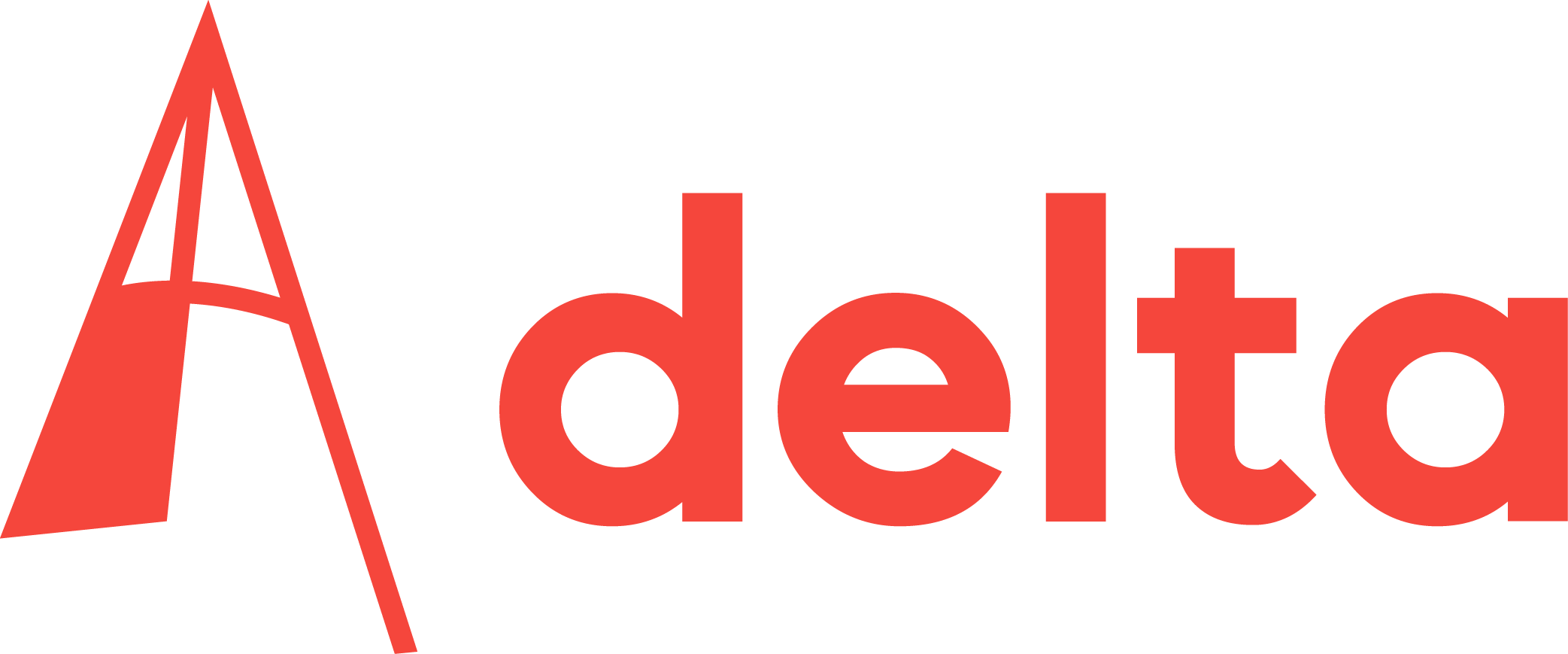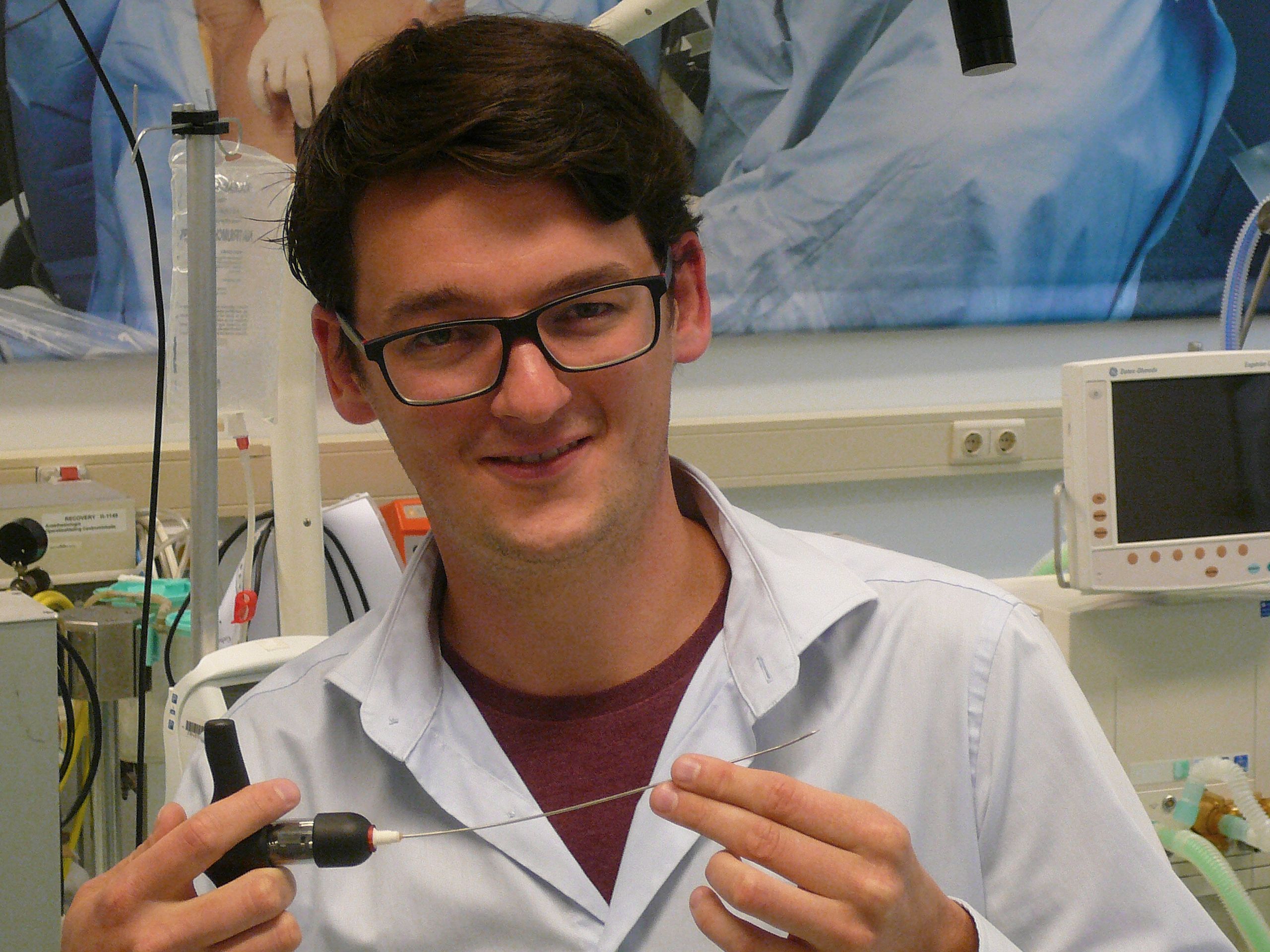The next step in the development of steerable needles is preclinical research with diseased organs, said PhD candidate Nick van de Berg.
Intervention radiologists use needles for diagnosis and treatment of cancers in the body. Taking biopsies from a liver or treating a prostate with radioactive grains (brachytherapy) are examples of needle-based interventions. Reaching the right point in the body, however, is by no means easy. Forces of the tissues on the needle may deviate the tip, possibly resulting in an incorrect diagnosis or a suboptimal treatment.
Steerable needles might solve the problem. They have been developed in various versions, but in essence, they allow the operator to steer the tip of the needle while on its way through the body. In the laboratory, using a transparent gel as a medium, operators could reach 10 centimetre deep targets within half a millimetre. The result shows the accuracy of steering under full visual feedback.
Flexible needles
During insertion, the operator can steer the tip of the needle up to 10 degrees in any direction from the straightforward path. The operator guides the needle with a knob at the back of the instrument, while pushing the needle forward with the handle. There is no need for rotation of the needle around its axis.
During his PhD research at the department of biomechanical engineering (Faculty of Mechanical, Maritime and Materials Engineering), Nick van de Berg studied how transverse forces of the tissue of the needle originate and how they can be used to steer needles. He noticed that, although needle design should be based on clinical steering requirements, half of the studies on steerable needles don’t even mention potential clinical applications.
When he presented his laboratory work with steerable needles to a public of intervention radiologists, they showed a keen interest in the technique. He asked radiologists what kind of operations would profit from steerable needles. Brachytherapy of the uterus and going into the liver via the jugular vein were examples that came up.
But before any patient can be treated with steerable needles, no matter how promising the potential, the instruments will have to be tested on human organs. That is what Van de Berg will be doing during his postdoc contract. He’ll be working with biomechanical engineering PhD candidate Tonke de Jong. The project, which will work on diseased organs from the operation table, is a collaboration with Dr. Theo van Walsum who works on image-guidance in interventions at the Erasmus Medical Centre.
And so, after about five years of STW-funded development, the steerable needle is about to take the next step of pre-clinical testing.
Nick J. van de Berg, Needle steering mechanics and design cases, PhD supervisors Prof. Jenny Dankelman and Dr. John van den Dobbelsteen, October 25, 2016.



Comments are closed.